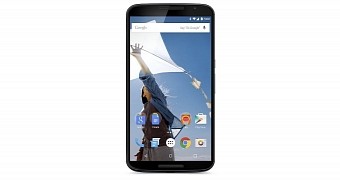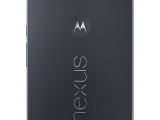Earlier this week, Google’s own Senior Vice President Sundar Pichai confirmed for us in his talk at MWC 2015 that the company does indeed plan to become a “mobile virtual network operator” (MNVO). He went on to mention that these plans would be officially announced in a few months.
However, we were told that Google would not be going all the way with this project. Meaning that the service is not meant to be a fully-fledged mobile network that will compete head-to-head with established mobile carriers.
Pichai made an interesting analogy, comparing Google’s carrier efforts to the Nexus lineup. But we didn't expect the parallel to be taken so ad litteram.
Google explains that Nexus phones give the search giant the opportunity to gain experience hardware-wise and also allow it to devise new strategies related to mobile services, but these phones and tablets do not actually pose a real challenge to companies helping to make these products (like HTC, Samsung or LG).
The Nexus 6 to be the sole beneficiary of Google's carrier ambitions?
As it turns out, there’s a big reason why Pichai linked the company’s MNVO plans directly to the Nexus lineup. According to a new report coming out of the Wall Street Journal, Google’s wireless service might prove to be compatible only with the Nexus line.
Moreover, we’re not even talking about the extended Nexus family, but about the latest generation models, which actually means the Nexus 6.
This piece of news might be disappointing to some who were hoping to see Google revolutionize the way carriers did business in the US.
But think about it. Google will probably want to have complete control over the service and the only way to prevent others from meddling with it is to work with its own devices.
On top of that, there’s also the issue of what Google plans to do with the service. According to sources familiar with the matter, phones using it will be capable of quickly switching between cellular networks (T-Mobile, Sprint and so on) and Wi-Fi and back again depending on the quality of service.
To be able to do that, Google will have to rely on advanced hardware and software, so a device like the Nexus 6 might be the answer to the problem.
But considering how rare the Nexus 6 actually is, it makes sense to assume that, in time, compatibility with Google’s carrier service will be extended towards other Nexus members, possibly the Nexus 5 and so on.
However, at least in its nascent stage, expect Google’s wireless service to be an exclusive affair.

 14 DAY TRIAL //
14 DAY TRIAL // 

